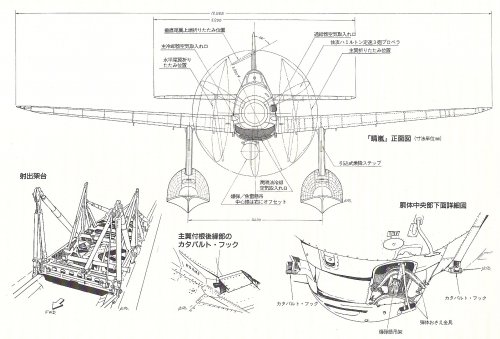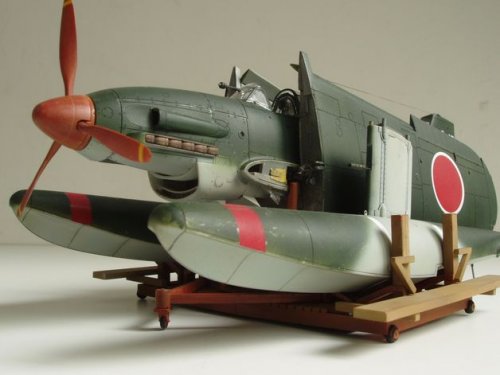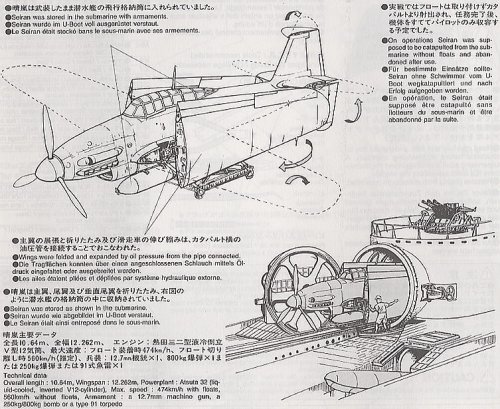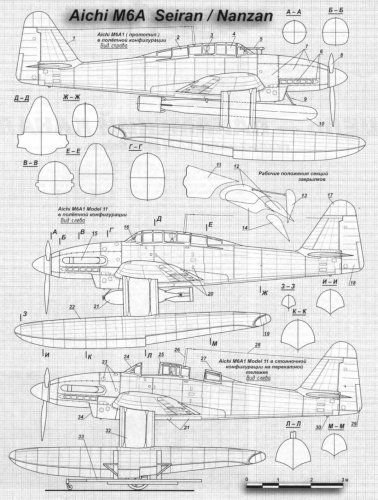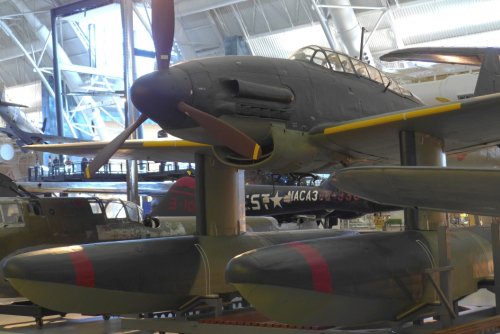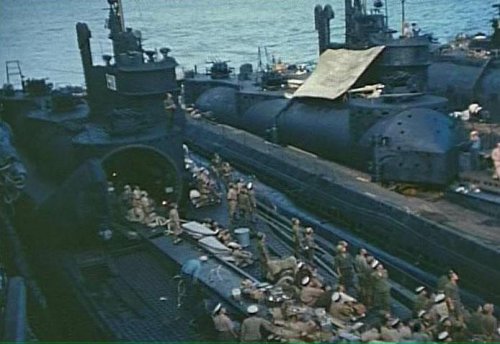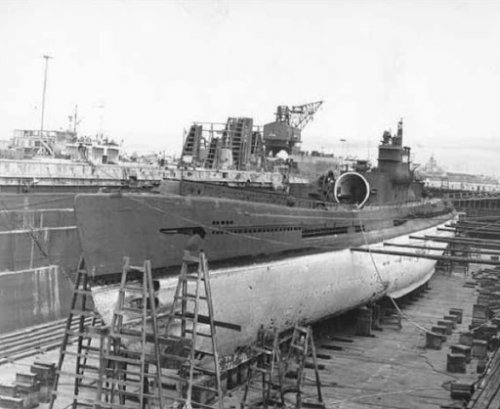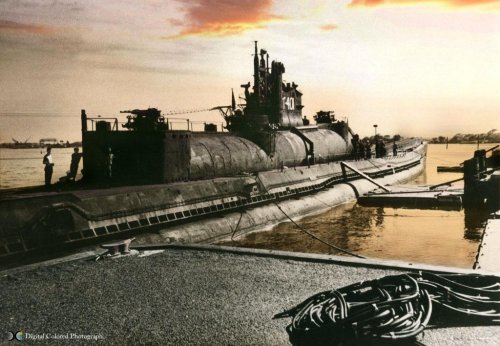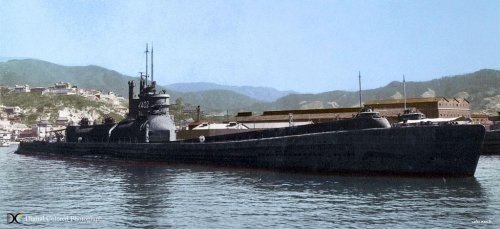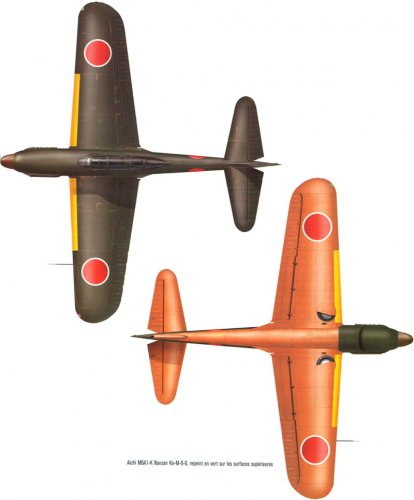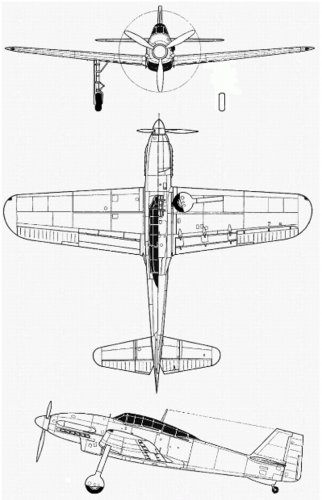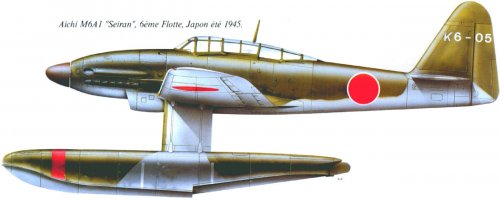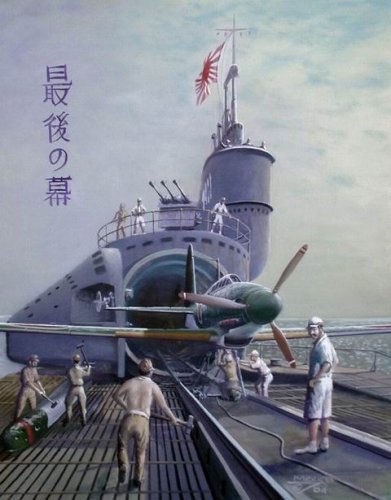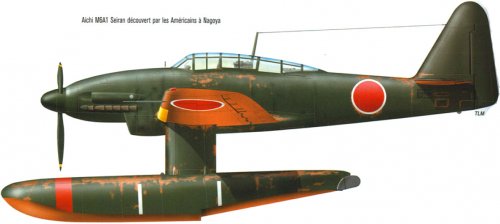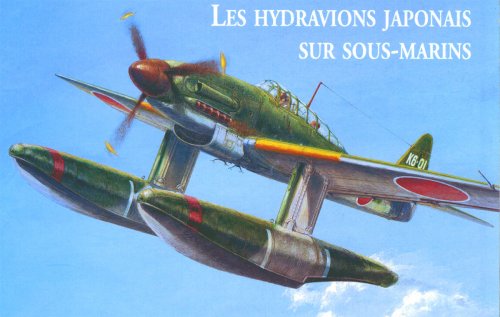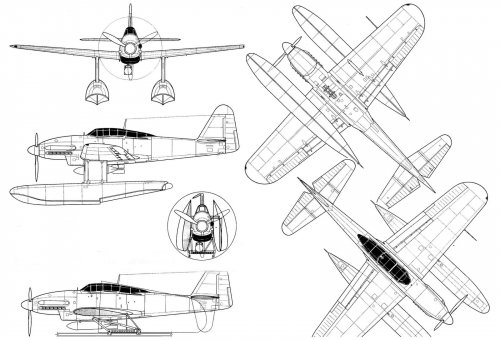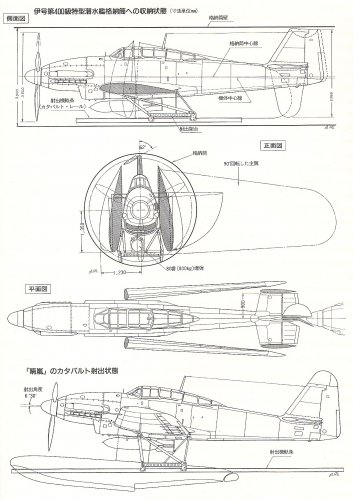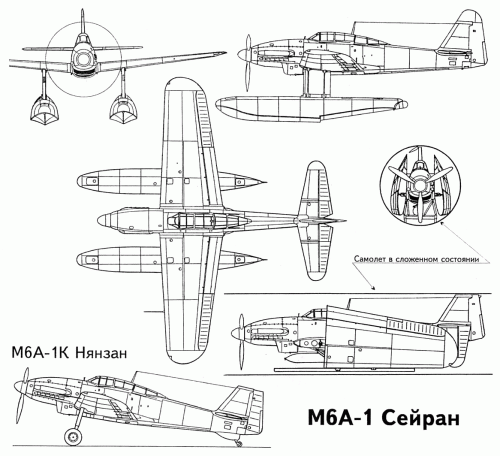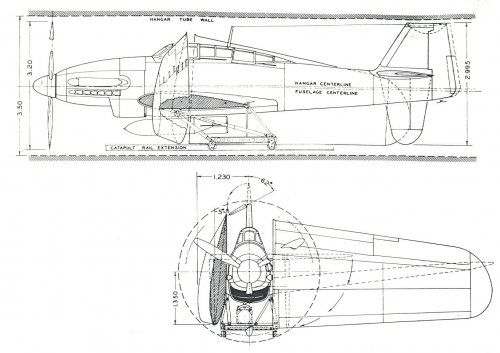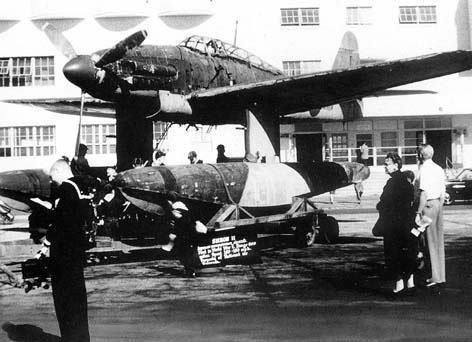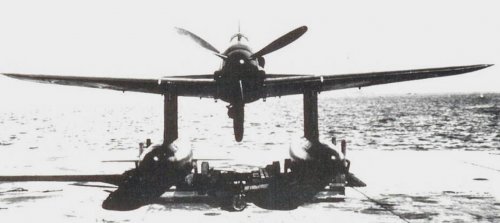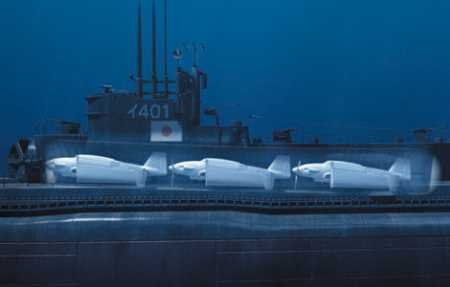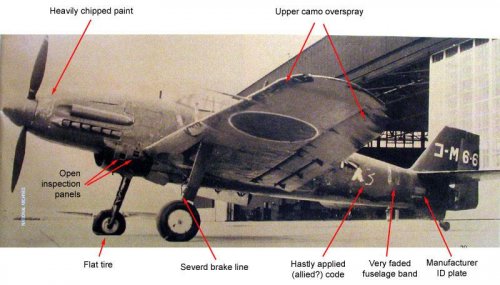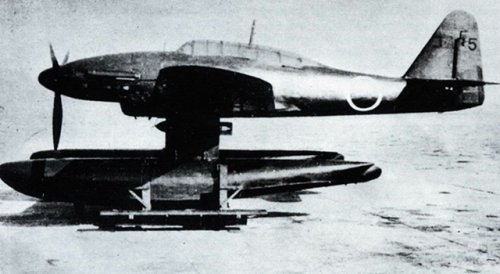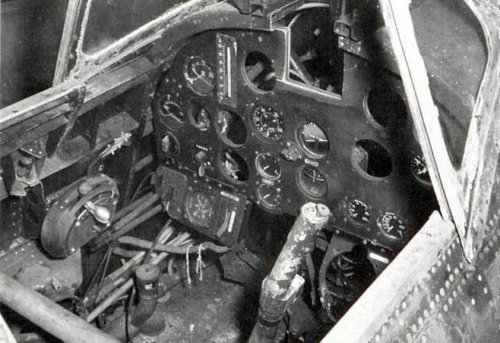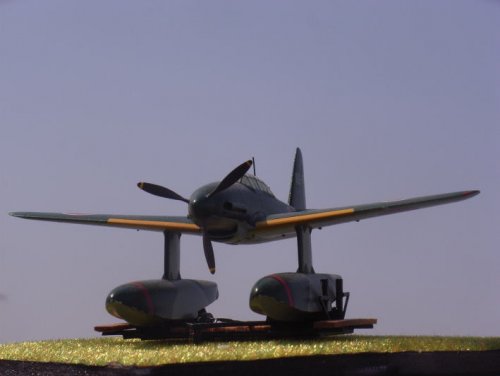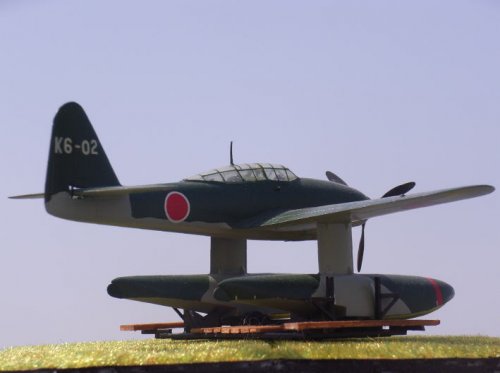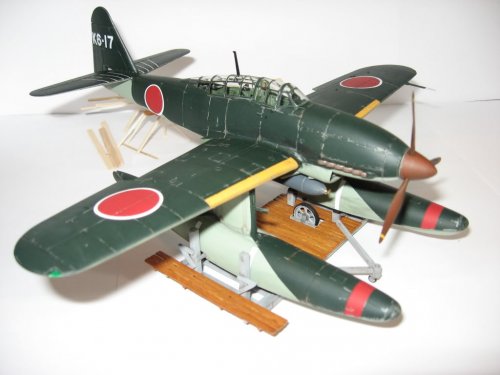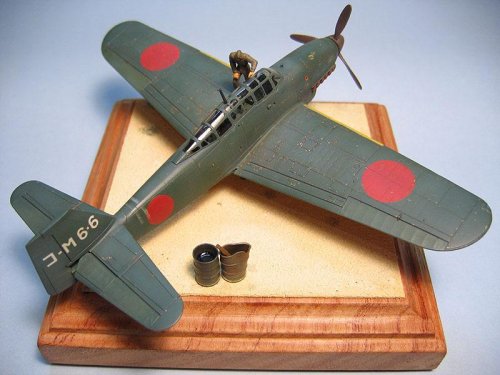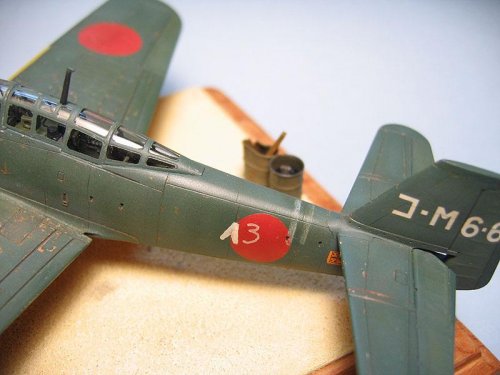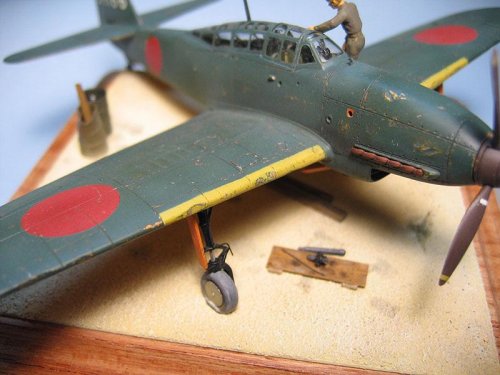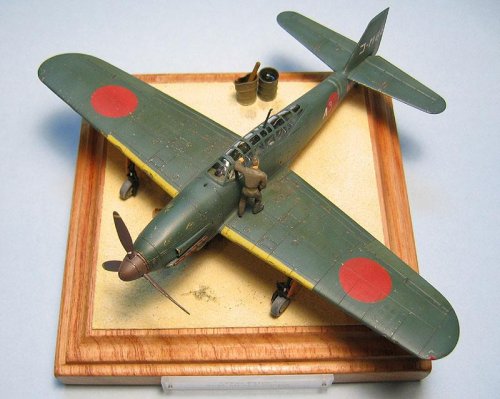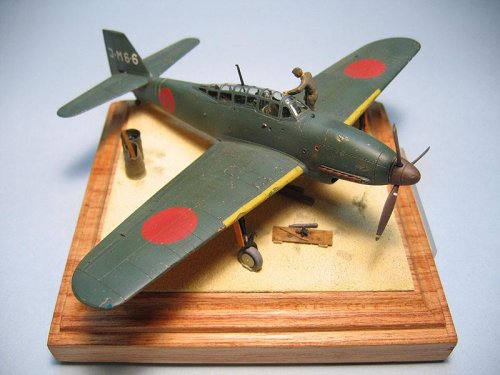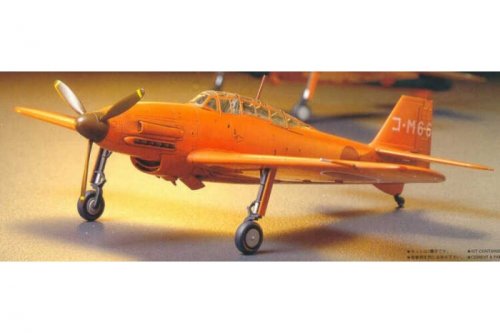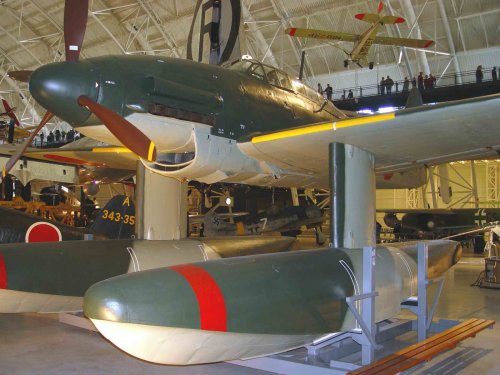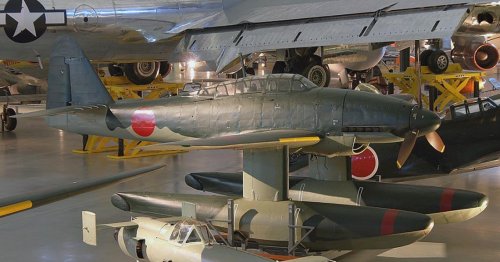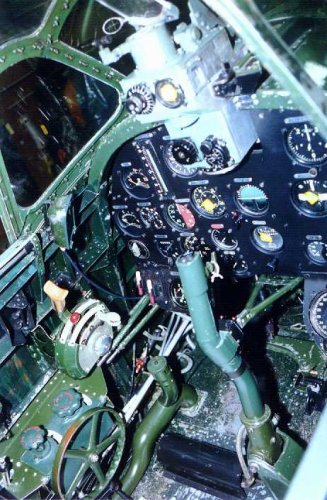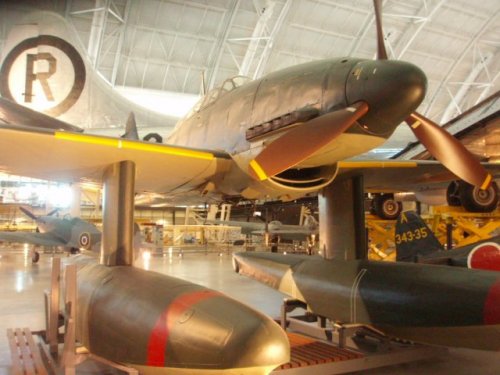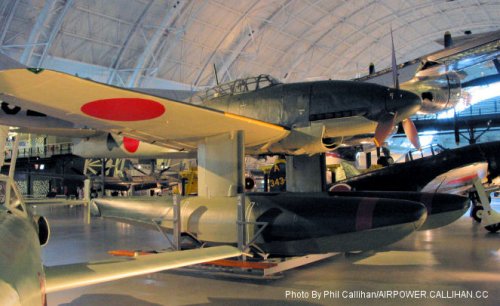- Joined
- 11 March 2006
- Messages
- 8,664
- Reaction score
- 3,515
Reading the chapter about the Aichi M6A1 Seiran/I-400 submarine in "Strike From Beneath The Sea" by Terry C. Treadwell,
I wondered, why this aircraft actually were fitted with floats ? In the mentioned book and in other sources, too, it's said,
that they should be catapulted from the submarine and jettison their floats just after take-off. Due to the nature of those
missions, it sounds very plausible to use every available way to increase speed and range. If they would ever return to their
motherships, it seems they weren't actually intended to be taken aboard again, but to be ditched alongside. Understandable,
as hoisting the aircraft, dismantling them and putting them back into their containers probably would take much longer, than
readying and launching them. And this would have to be done facing a warned enemy ! But then, why was volume, weight
and quite probably time for dismantling sacrificed for parts, that seem to have brought only disadvantages ?
I wondered, why this aircraft actually were fitted with floats ? In the mentioned book and in other sources, too, it's said,
that they should be catapulted from the submarine and jettison their floats just after take-off. Due to the nature of those
missions, it sounds very plausible to use every available way to increase speed and range. If they would ever return to their
motherships, it seems they weren't actually intended to be taken aboard again, but to be ditched alongside. Understandable,
as hoisting the aircraft, dismantling them and putting them back into their containers probably would take much longer, than
readying and launching them. And this would have to be done facing a warned enemy ! But then, why was volume, weight
and quite probably time for dismantling sacrificed for parts, that seem to have brought only disadvantages ?





